Private First Class Anthony D. Nowara
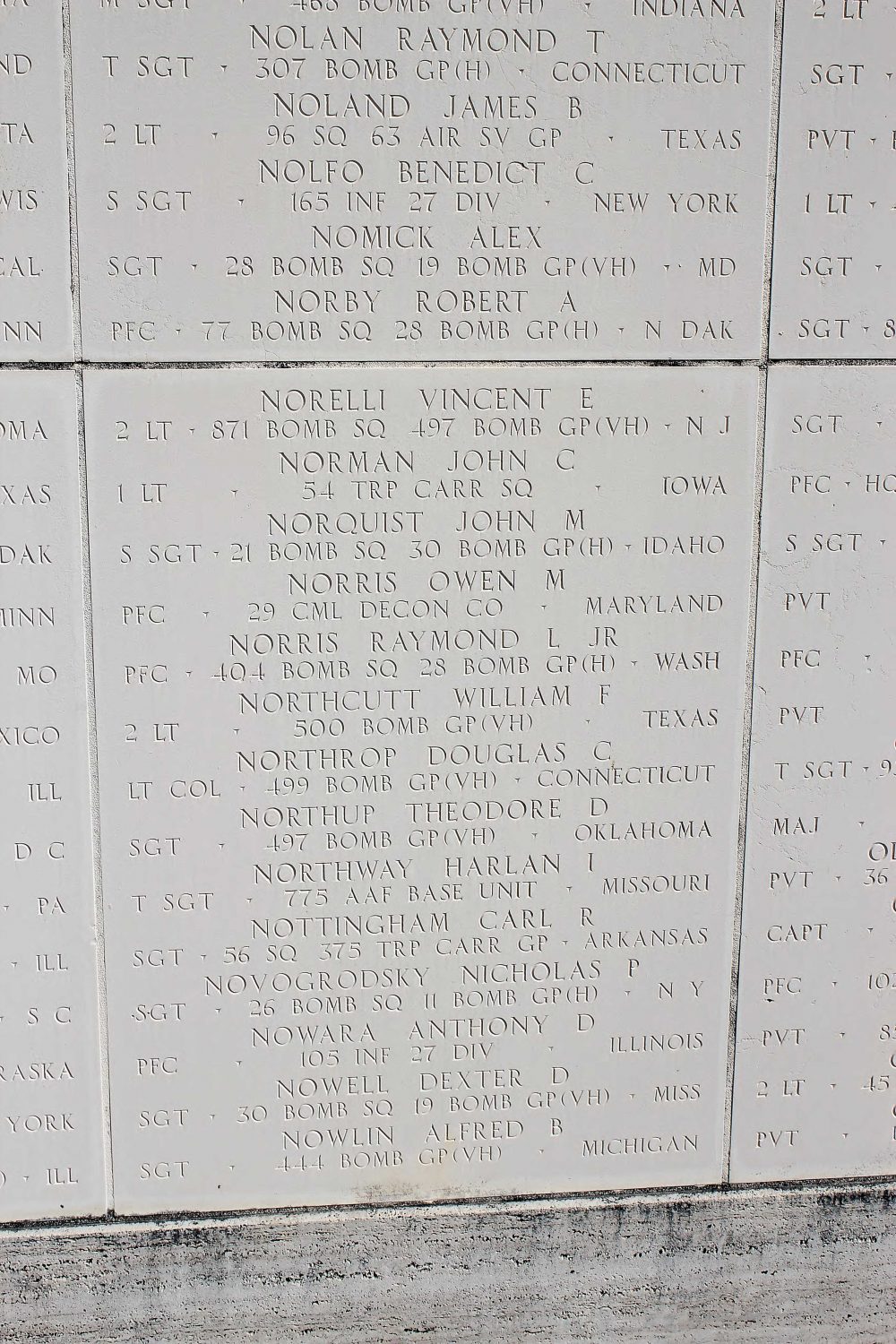
- Unit: 27th Infantry Division, 105th Infantry Regiment
- Service Number: 36367752
- Date of Birth: November 30, 1916
- Entered the Military: August 24, 1942
- Date of Death: April 20, 1945
- Hometown: Chicago, Illinois
- Place of Death: Okinawa, Japan
- Award(s): Purple Heart, Bronze Star
- Cemetery: Courts of the Missing. National Memorial Cemetery of the Pacific, Honolulu, Hawai’i
Mentored by Mr. Donald Z. Davis, NBCT
George Washington High School
2018-2019
Early Life
Born in 1917, Private First Class Anthony Nowara lived on the southeast side of Chicago at 8136 Brandon Avenue. His parents, Antoinette and Sebastian Nowara, immigrated from Poland in the late 1800s. They were drawn to Chicago’s strong Catholic and Polish communities as well as by the lure of jobs in the city, especially in the steel industry. His family home was located just a couple blocks from St. Michael the Archangel Catholic Church and the Carnegie-Illinois Steel Corporation on the shores of Lake Michigan.
Private First Class Nowara had a grammar school education. He worked as a stock clerk for a local candy company. By 1940, from unknown circumstances, Nowara’s father vanished from his life. As a result, he and his brothers took responsibility for providing for their family by working.
When the United States joined the war in 1941, two of his brothers enlisted in the military. John joined the Army Air Forces and served as a master sergeant with the Alaska Wing of the Air Transport Command. Harry joined the U.S. Army and served with the military police in France. His sister, Geraldine, joined the Women’s Army Corps (WAC) on April 17, 1945. Meanwhile his other brother, Michael, worked for the Carnegie-Illinois Steel Corporation helping produce war materials.

Homefront
On average each Chicago block had seven members of the military. Neighborhoods mobilized in support of the war effort by buying war bonds, growing victory gardens, and participating in drives to collect scrap metal, paper, rubber, and even grease that could be used for nitroglycerine. The city also had block captains who organized ceremonies for departing military personnel and erected small shrines for those killed in combat. Houses and apartments featured blue stars for families with men in the military and a gold star for the men who did not return.
Chicagoans also experienced rationing like so many other Americans, giving up certain foods and materials to send abroad for the war effort. Marion Dunlevy of Chicago’s south side wrote her brother a letter about rationing: “Dear Al, Welcome home … to the land of red stamps and blue stamps, sugar stamps and shoe stamps. The land of cigarette lines, meat lines and soap flakes lines. Where all females go stockingless. Where every other day is meatless.” There were also blackout drills to prepare for possible air raids by the Axis Powers. Those that failed to support the war effort faced severe consequences. For instance, four Chicago men were convicted of creating fake ration coupons for 2.9 million gallons of gasoline.
Chicago’s industrial manufacturing also made it prominent for the U.S. war effort. The city produced 24 billion dollars worth of war goods, including field rations, torpedoes, parachutes, and airplane parts to aid the war effort overseas. Half of all the military’s electronic components, including radar equipment and two-way radios, or walkie-talkies, were manufactured in Chicago. The Manhattan Project, under the University of Chicago’s football field, produced the first sustained nuclear reaction on December 2, 1942, leading to the creation of the atomic bombs, which played an important role in ending World War II just three years later.
Chicago also served as an important place where military personnel came to train. The Great Lakes Naval Training Station provided boot camp for one-third of all navy personnel during the war. Glenview Naval Air Station trained 20,000 aircraft carrier pilots on Lake Michigan, using two old cargo ships to practice taking off and landing. The U.S. Navy also expanded sailors’ skills in electronics, meteorology, naval machinery, foreign language, and espionage in Chicago. The Women’s Army Corps also drilled along the lakefront and Grant Park.
Being centrally located along rail lines in the U.S., many military personnel passed through the city during the war. The United Service Organizations and Chicago Servicemen’s Centers served 24 million meals to military men and women by the end of 1945.
With the high demand for labor in military industries, Chicago faced a labor shortage. As a result many jobs opened up for women, the physically disabled, and the elderly. The war continued to draw African-Americans, as part of the Great Migration, to the city as 60,000 came from the southern states for work. Lastly, former Japanese Americans internees migrated from the West Coast, relocating to Chicago. It is estimated that 20,000 came to the city, and the Chicago Resettler’s Committee (CRC), later known as the Japanese American Service Committee, helped their transition. For all these groups, though, they sometimes faced discrimination and unequal pay.
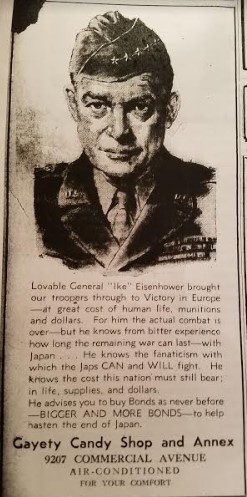
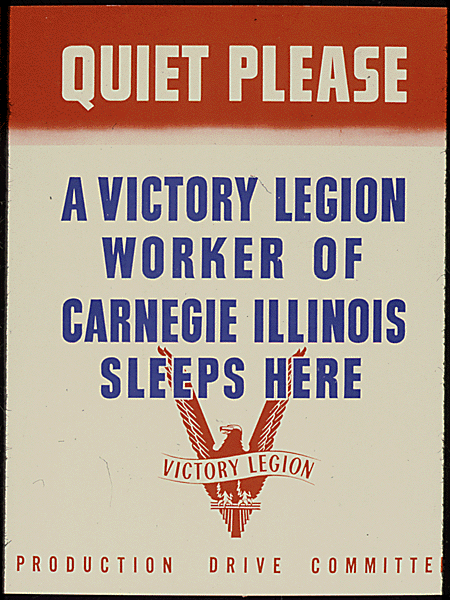

Military Experience
Military records list Private First Class Nowara as being single with dependents. He enlisted to serve on August 29, 1942, with the U.S. Army’s 105th Infantry Regiment of the 27th Infantry Division. While his unit contained a large group of New Yorkers and trained out of Fort McClellan, Alabama prior to 1942, he joined the 105th Infantry Regiment in Hawai’i, where he received most of his training.
Private First Class Nowara and the 105th Infantry Regiment, fighting alongside the 165th Infantry Regiment, experienced their first moments of active combat at the Battle of Makin from November 20 to 24, 1943. He then returned to Hawai’i with the 105th Infantry Regiment for more training prior to their next mission.
Beginning on June 17, 1944, Nowara’s regiment fought alongside the 165th Infantry Regiment and the 2nd and 4th Marine Divisions at the Battle of Saipan. As the battle progressed, the U.S. Army regiments fought up the middle of the island while the Marine Divisions advanced on both their flanks. After three weeks of fighting, the Japanese soldiers initiated the largest banzai charge of the war, where 4,000 soldiers attacked the 27th Infantry Division in the center of the line. Two American soldiers earned Medals of Honor during the Battle of Saipan, while Private First Class Nowara received a Purple Heart when he was shot in the cheek by a Japanese bullet. The fighting ended there on July 9, 1944.
After spending some time in a military hospital to recover from his wounds, Private First Class Nowara rejoined his unit at the end of 1944, along with many replacement officers and enlisted men due to the casualties of the previous battle. In March 1945, he traveled to Okinawa in the Pacific Theatre to continue the fight against the Japanese. The unit landed on the island on April 12, 1945, where they faced fierce resistance moving south along the Shuri Line. Nowara and the 105th Infantry Regiment were “mired in mud, torrential rainfall, and static warfare reminiscent of the First World War.” On April 20, 1945, Private First Class Nowara was killed in combat His specific cause of death is unknown.
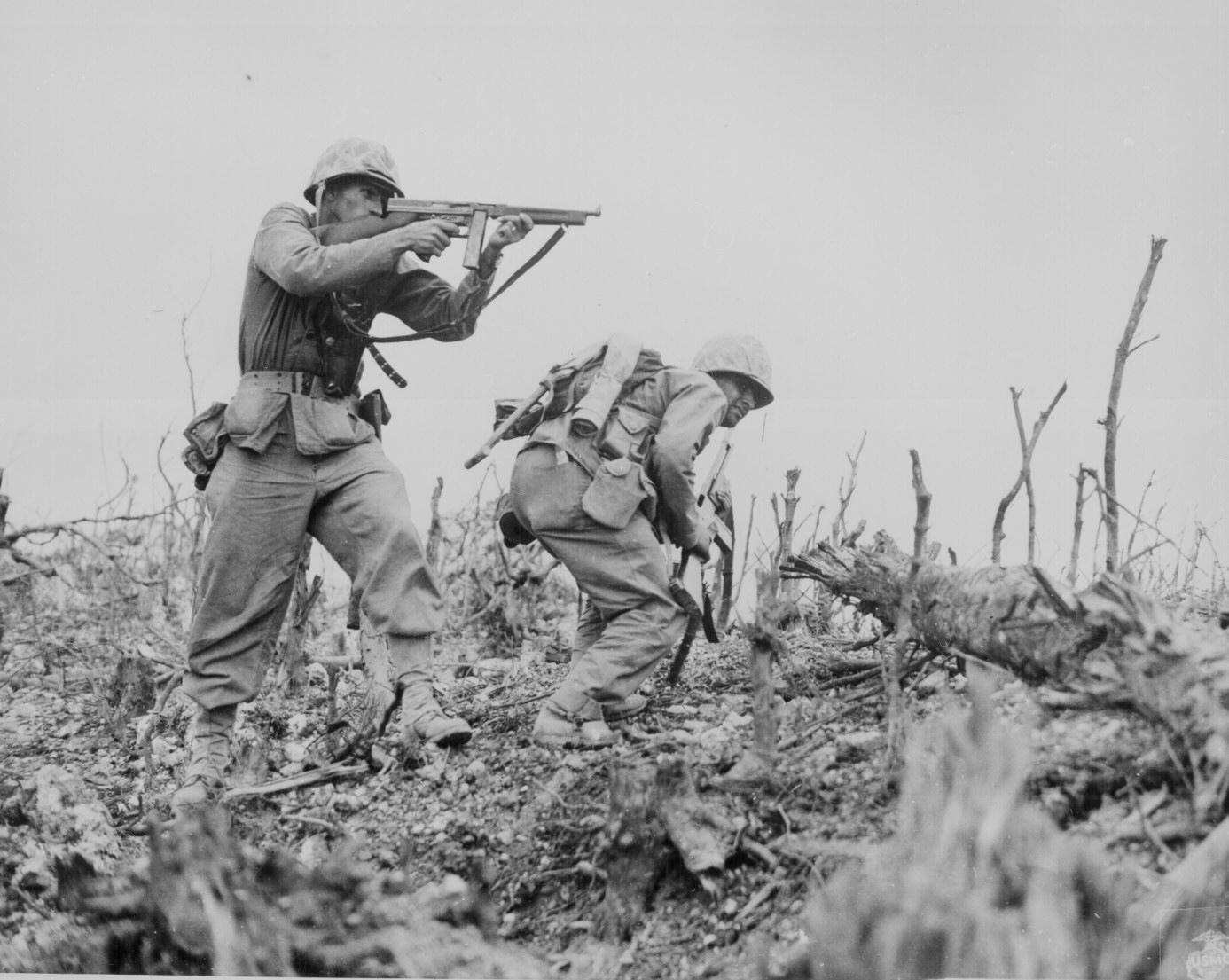

Eulogy
During his time in the military, Private First Class Anthony Nowara earned a Bronze Medal for bravery. On July 9, 1945, he was listed as Missing in Action (MIA). His family received a telegram on August 19 stating that he had been killed in action. As the nation celebrated the official end of the war on September 3, 1945, with the formal surrender of the Japanese, the day before, Private First Class Nowara’s family and friends held a memorial service at St. Michael’s Church to remember his life. While he had been in the military for almost three years, Nowara never had a furlough, so his family did not see him after the day of his induction.
Although Nowara was one of many casualties of World War II, his efforts and contributions will never be forgotten and he will forever be well respected. I feel honored to know that a man from my city and my own neighborhood put his life on the line to serve our country. His family deserves recognition for having three sons and one daughter enlist in the military, so that they could impact U.S. efforts in the war. These endeavors included working at a local steel mill to make war materials to fight against the Axis Powers. Private First Class Anthony Nowara of Chicago represents the ultimate sacrifice made to win the war.
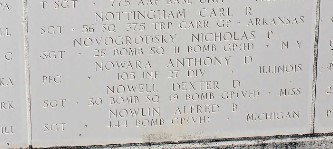
Reflection
I would say that what I have learned from this experience about Nowara’s journey through the war by researching his life and visiting his memorial is that I am proud and humbled to share his story. Also being aware that he came from the same part of Chicago where I live made me feel some sort of pride knowing someone from my neighborhood had fought for our country. But visiting his memorial did sadden me a little, due to him going missing in action, and his family not being able to see him after the war. I am glad that he is still memorialized at the National Memorial Cemetery of the Pacific with many other men and women who sacrificed their lives for our country.
Although I have only researched Nowara, I also learned about so many other soldiers while at the memorial, I now have a personal appreciation for the men and women who serve our country and put their lives on the line for our freedom.
Sacrifice for FreedomⓇ: World War II in the Pacific has also given me a deeper appreciation for the effects of the war on the homefront. Many Japanese Americans in Hawai’i faced harsh conditions at Honouliuli Internment Camp and similar camps around the country. U.S. martial law in Hawai’i also took away the rights of people.
As the site of where the war began for the U.S. with the attack on Pearl Harbor and the sinking of the USS Arizona, Hawai’i is an important place in our nation’s history. Since Private First Class Nowara did most of his training in Hawaii, I was glad to visit the last U.S. place where he spent time before fighting in the Battle of Okinawa. The fact that it also has the USS Missouri, where the Japanese signed their formal surrender to the U.S., helps tell the story of the end of the war too. Understanding the role of Hawai’i is necessary to think deeper about how World War II impacted the United States.
The fact that we were able to explore and spend a night on the USS Missouri is an experience we will never forget. It was very interesting seeing the different quarters on the Missouri and what they did and how the functioned and worked.
Bibliography
Primary Sources
Camp Robert Smalls, Naval Training Station, Great Lakes, Illinois. July 30, 1943. Photograph. Naval History and Heritage Command (80-G-294865). Digital Image. www.history.navy.mil/our-collections/photography/people—special-topics/african-americans-in-the-navy/african-americans-and-the-navy–wwii-activities-at-great-lakes-n/camp-robert-smalls–naval-training-station–great-lakes–illinoi1.html.
Carnegie-Illinois Steel Corporation Advertisement. Daily Calumet, September 6, 1945, p. 4.
Gayety Candy Shop and Annex advertisement. Daily Calumet, July 6, 1945, p. 2.
Illinois. Cook County. 1920 U.S. Census. Digital Images. ancestry.com.
Illinois. Cook County. 1930 U.S. Census. Digital Images. ancestry.com.
Illinois. Cook County. 1940 U.S. Census. Digital Images. ancestry.com.
“Memorial Rites: Pfc. Anthony D. Nowara.” Daily Calumet, September 6, 1945, p. 4.
“Nurse Wins Silver Star for Bravery.” Chicago Daily News, July 3, 1945, p. 12.
“Nip Slug Drops into Mouth of Yank on Saipan.” Chicago Tribune, January 7, 1945, p. 2.
Records for Anthony Nowara; World War II Army Enlistment Records, 1938-1946 [Electronic File], Record Group 64; National Archives at College Park, College Park, MD [retrieved from the Access to Archival Databases at aad.archives.gov
Secondary Sources
“Anthony D. Nowara.” American Battle Monuments Commission. Accessed January 29, 2019. www.abmc.gov/node/374361.
Brooks, Charlotte. “Japanese.” Encyclopedia of Chicago. Updated 2005. Accessed March 19, 2019. www.encyclopedia.chicagohistory.org/pages/664.html.
Clark, Emily, and Mark R. Wilson. “Electronics.” Encyclopedia of Chicago. Updated 2005. Accessed March 19, 2019. www.encyclopedia.chicagohistory.org/pages/419.html.
Duis, Perry R. “World War II.” Encyclopedia of Chicago. Updated 2005. Accessed March 19, 2019. www.encyclopedia.chicagohistory.org/pages/1384.html.
Grossman, Ron. “Life on Chicago homefront during WWII”. Chicago Tribune, October 6, 2013. www.chicagotribune.com/news/ct-per-flash-wwii-chicago-1006-20131006-story.html.

